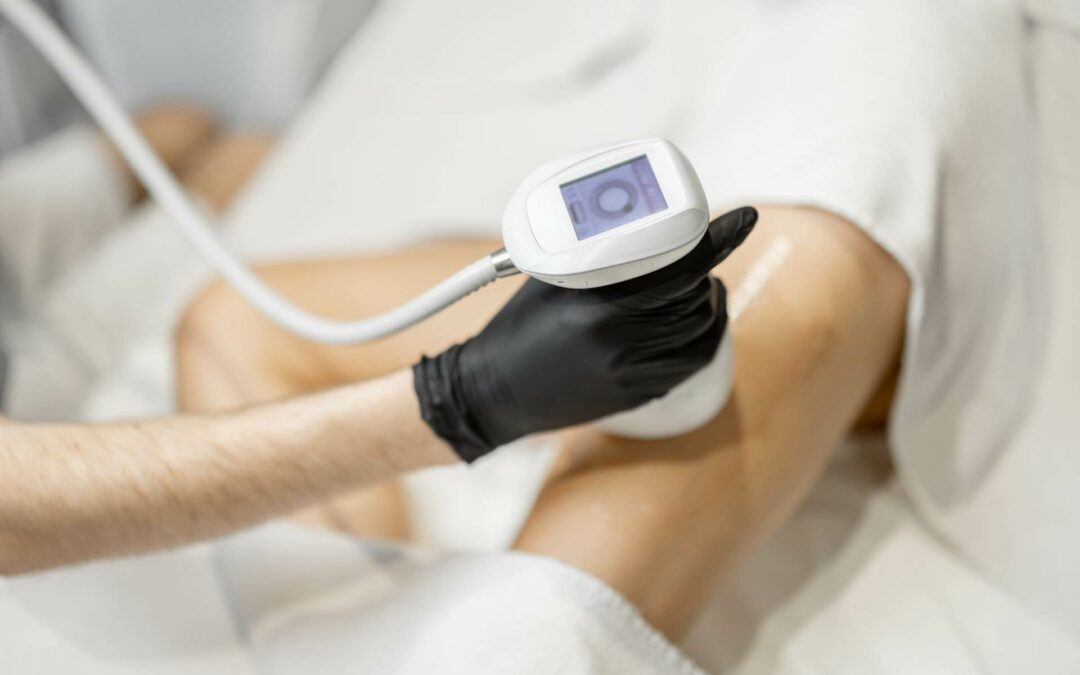CoolSculpting is a non-invasive, FDA-approved treatment that targets stubborn fat in specific body areas. The procedure uses cryolipolysis, which freezes fat cells to the point where they die and are naturally eliminated from the body. CoolSculpting is a popular alternative to surgical fat removal procedures, such as liposuction, because it requires no incisions, anesthesia, or downtime.
Cryolipolysis: The Science behind Coolsculpting
CoolSculpting uses cryolipolysis, which freezes fat cells in the targeted area. Cryolipolysis is based on the principle that fat cells are more sensitive to cold temperatures than other types of cells in the body. When fat cells are exposed to extreme cold, they undergo a process called apoptosis, or programmed cell death. The natural metabolic process eliminates the frozen fat cells from the body.
The Coolsculpting Procedure: How Does It Work?
CoolSculpting is performed in a doctor’s office or medical spa. The procedure typically takes one to three hours, depending on the size of the treatment area. During the procedure, a gel pad is applied to the skin in the targeted area to protect it from the cold. A vacuum-like applicator is placed on the gel pad, and the fat is pulled into the applicator. The applicator then delivers controlled cooling to the fat cells, which causes them to freeze and die.
After the procedure, the treated area is massaged to help break up any remaining fat cells and improve the results. Patients may experience temporary redness, swelling, or numbness in the treated area, but these side effects usually resolve within a few days.
Types of Fat
CoolSculpting is effective for treating fat in various body areas. The most common areas treated by CoolSculpting include the abdomen, love handles, thighs, and back. However, there are different types of fat, and CoolSculpting is only proven effective on subcutaneous fat. Here’s what you need to know about the different types of fat.
1. Subcutaneous Fat
Subcutaneous fat is the fat that lies just beneath the skin. This type of fat is the most common target of CoolSculpting. Subcutaneous fat is often resistant to diet and exercise and can be stubborn to remove. CoolSculpting can reduce subcutaneous fat by up to 25% in the treated area.
2. Visceral Fat
Visceral fat is the fat that surrounds the organs in the abdominal cavity. This type of fat is associated with health problems such as heart disease, diabetes, and high blood pressure. CoolSculpting is ineffective for treating visceral fat because it is too deep inside the body.
3. Brown Fat
Brown fat is a type of fat that burns calories to generate heat. It is found in small amounts in adults and is more common in infants and children. Brown fat is not a target of CoolSculpting because it is not as sensitive to cold temperatures as white fat.
Conclusion
CoolSculpting is a safe and effective treatment for reducing stubborn fat in specific body areas. The procedure uses cryolipolysis to freeze fat cells naturally eliminated from the body. CoolSculpting is ineffective for treating visceral fat but can reduce subcutaneous fat by up to 25% in the treated area. If you are considering CoolSculpting, it is important to consult with a qualified healthcare professional to determine if it is the right treatment for you.
Are you planning to experience CoolSculpting? Melinda Silva, MD, is a San Diego medical spa specializing in anti-aging, wellness, bioidentical hormones, weight loss, and CoolSculpting. Schedule a consultation today!

